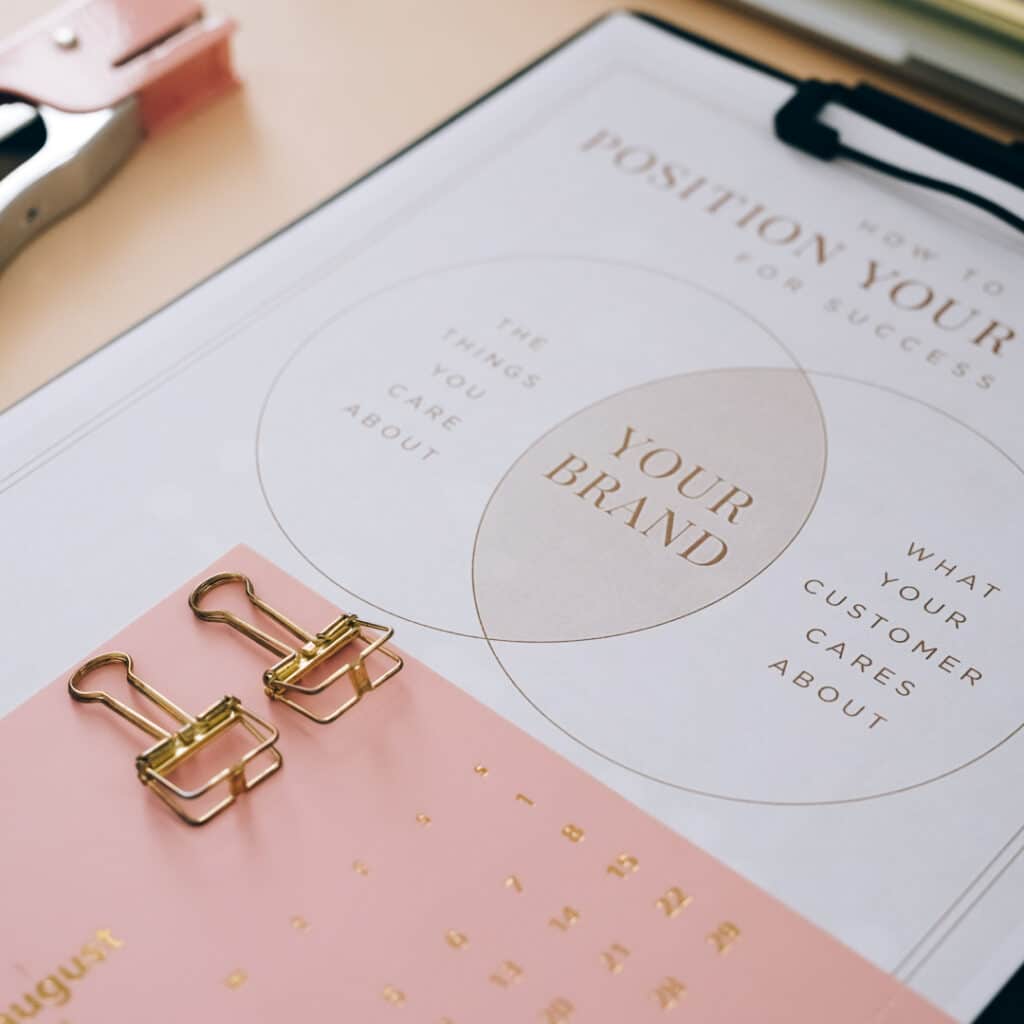Interior design is now a very accessible career choice, whether you have recently graduated or are thinking about embarking upon a new career path, it is likely you’ve considered setting up your own interior design business. If so, we have some expert advice that will help you to kickstart your business journey.

Set Objectives & Research
So, you’ve decided to set up your own interior business, but it is important to ask yourself why? What are the core reasons behind launching your new design company? Write your reasons down and refer to them over the next few weeks. Once you have settled on a handful of main “whys”, discuss your whys with trusted friends or family. Clearly being able to speak about your objectives will help you to confidently pitch your business and define your branding down the line.
After the “why”, it’s time to research. Conducting thorough competitor research is key as it helps you to identify your niche in a competitive market. Ask yourself, what are the unique benefits your business can offer to prospective clients? What will make your business stand out from the competition? You may even decide to specialise in a specific design niche. Recently, the world’s first vegan hotel suite was created for a London hotel, by the design studio Bompas & Parr. This specialist approach could be something you can harness, perhaps offering something completely innovative in today’s market.
Next, it is important to evaluate your own level of expertise. What areas of interior design do you excel in, and where do you need some additional support? Businesses that succeed are ones that can both recognise their strengths and weaknesses. Dedicating time to train your weaknesses or inviting in some additional support will help your business to thrive.

Interior Design Business Plan
Behind any successful business is a solid and coherent business plan. A business plan will become integral especially if you need funding to get your business off the ground. A formal business plan is something a bank would want to see to assess your loan suitability. A basic business plan will cover areas such as, an executive summary, company description, products and services, market analysis, marketing and operations plan, management and organisation, financial projections, and appendices. Writing a business plan may seem overwhelming at first, especially if it is your first time, but we encourage you to use online templates.
After you have completed your first draft, use a close friend or family member to read through your plan, as it is likely you will have overlooked some areas. No one gets their business plan right the first time as it takes hard work to craft. However you approach writing a business plan, your business will start to feel more real as you put all your thoughts down on paper.

Name & Branding
A key aspect that should never be underestimated is your business name and branding. Whatever name you decide upon, it is crucial to explore whether someone else is using it, even if it is your personal name. When choosing a business name, you need to explore the connotations that it may evoke, or any potential negative associations too. Afterall, your brand is who you are, it needs to give the right impression.
Your business name should also attract your ideal target market. Do you want to attract clients that are high end, middle of the road, or entry level? When you have decided on a name, we recommend that you go online and secure a website domain.
Next, you need to go to Companies House to register your business. Do you want to register as a sole trader or a limited company? If you are unsure about how you should register your business, seek further advice, or visit the GOV.UK website which has extensive guidance.

Marketing
Now that you have a business name, you need to develop a marketing plan and strategy. Have fun exploring brand colours, iconography, and tone of voice. Once you have a basic brand developed, decide on how you will attract your clients. Will your clients come through digital channels such as online search and social media, or will you try and attract clients using more traditional methods like referrals or magazine adverts?
We recommend exploring all inbound and outbound channels to grow your business awareness especially in the beginning. You may find that your clients come from the most unlikely of places and you never know until you try! However, in today’s competitive world we recommend having a strong digital presence. A good place to start growing your digital presence is through a website where you can host your digital project portfolio, thought leadership articles, and contact information. There are lots of easy website building tools on the market, which means it is a lot easier to build a professional looking website with no experience. However, if your budget allows it, we do recommend hiring a website developer as they will be able to build you a bespoke website that will encapsulate your unique brand and voice.
Lots of interior design businesses use social media to grow their brand awareness and we advise you to do the same. Instagram is a great place to start as it has a huge audience, and it is likely your target market will already be using it. Make sure that you post regularly and follow the latest trends so you can use them to your advantage. Video based posts and reels always perform well and you will get a larger audience reach.
Having a strong digital presence is important, but you shouldn’t overlook a physical portfolio. Potential clients will always enjoy seeing physical presentation boards, with tactile samples. It is an opportunity to remind clients you are creating a real space for them, not a digital one.

Location
In today’s digital world, most people are set up to work from anywhere. Whether it is at home, in a coworking space, or from an office. Gone are the days when it would have been necessary for your business to have a physical office space somewhere prominent and located near your target market.
Times have changed and the ability to work anywhere has been revolutionary. There is simply no right or wrong answer when it comes to choosing your location. However, an important aspect to consider is cost. When starting your business, it is likely you will want to keep your overheads down, so working from home or at a shared office space can be the most viable option.
It is important to consider where you can work optimally and in conjunction with your current schedule. If that means sitting at the kitchen table, once the school run is done, then so be it. Or perhaps you might use a spare room at home that you can turn into a studio. Maybe you want to have separation, so a small outbuilding in the garden may well be the perfect setup. Whatever your preference, flexibility is usually key.

Accounting
The financial side of your business can seem a little intimidating, but it remains a crucial side of your business to master. Not everyone will feel comfortable managing accounts, especially if you have no prior experience. Seeking a reliable accountant for advice or services could be a great place to start. It could save you much needed time that you can invest into other areas of your business.
Starting your own interior design business is a rewarding journey and we commend you for taking the first steps.

